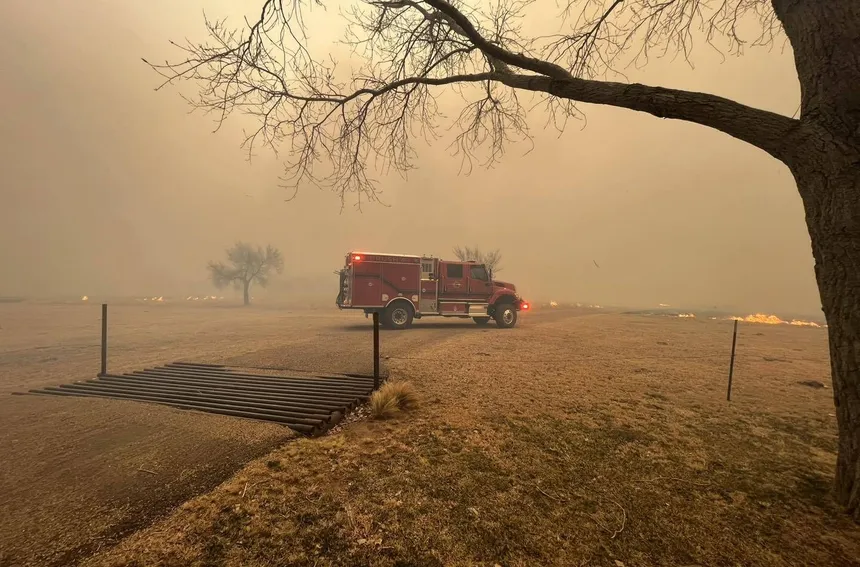Exceptional winter heat has surged to a staggering 37C in the Andean mountains of South America, leaving local scientists to warn that the worst may yet to come. Human-caused climate disruption and El Niño are exacerbating the situation, causing widespread havoc across the region.
The heat wave in the central Chilean Andes is having a devastating impact, melting snow below 3,000 metres and threatening the livelihoods of people living in downstream valleys who rely on the meltwater during the spring and summer. The recent heat has shattered records, with Tuesday being the warmest winter day in northern Chile in 72 years.
According to Raul Cordero, a climate scientist at the University of Groningen, the extreme temperatures are a result of a combination of global heating, El Niño, and easterly gusts known as Terral winds. The usual high temperatures in the Andean region are a cause for concern, particularly as they exacerbate droughts in eastern Argentina and Uruguay and accelerate snow melting.
Water shortages are already a dire problem in and around Uruguay’s capital, Montevideo, where reservoirs are running dry and tap water is no longer drinkable. Chile has been particularly badly affected, with fires at the beginning of the year and extended droughts. The country has experienced its ninth heatwave since January, and is expected to break the annual record of 10 heatwaves, set in 2020.
The Andean plateau in Bolivia and Peru has also experienced unusual weather patterns, with Puno registering its driest January since records began 59 years ago. Marcos Andrade, the director of atmospheric physics at the Universidad Mayor de San Andrés in La Paz, expressed concern that worse may yet to come with the approaching summer. El Niño usually peaks at the end of the year, and Andrade suspects that the full effects have not yet been felt.

Heat records have been broken in several cities in Brazil, Argentina, and Uruguay. Karla Beltrán, an environmental consultant, noted that Buenos Aires had recorded its highest ever temperature of 38.6C on 11 March, while the city of Mercedes in Uruguay hit a new peak of 40.5C. Beltrán also pointed out that the heat wave is in line with the latest report of the Intergovernmental Panel on Climate Change, which noted that the southern part of South America is particularly vulnerable to episodes of high temperatures.
The heat wave is a worrying sign of the escalating climate crisis, with predictions that northern South America, including the Amazon region and the Pacific coast up to the Atacama desert, will experience more frequent and intense heatwaves in the coming years. Chico Geleira, a professor of climatology and oceanography at the Universidade Federal do Rio Grande do Sul, expressed concern about the long-term trends. “Without a doubt, the maximum temperature records in winter in Chile and, to a certain extent, in South America are atypical,” he said. “High pressure systems are more intense and persistent anomalies in the southern hemisphere, inducing hot air advection and/or directly generating temperature extremes. This high pressure will tend to remain and intensify in the coming decades with climate change.”

